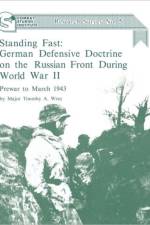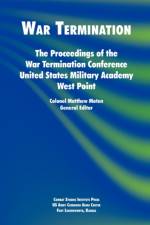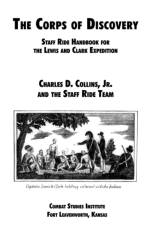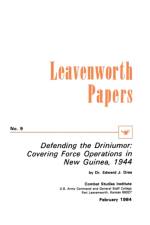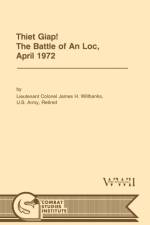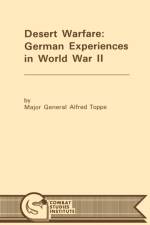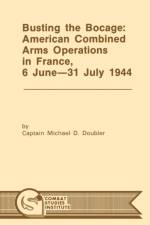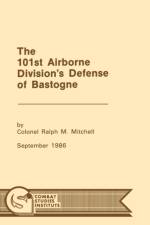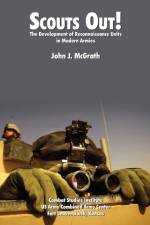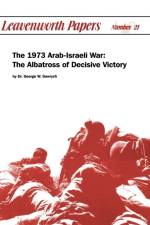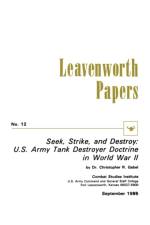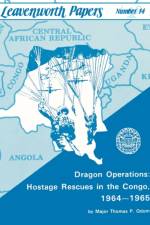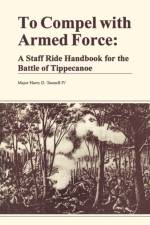- Lebanon, 1958
av Gary H. Wade & Combat Studies Institute
317
President Camille Chamoun of Lebanon made an urgent plea on 14 July 1958 to the governments of France, Great Britain, and the United States to deploy military forces to Lebanon. Received in Washington at 0600 on 14 July, this message became the first test of the Eisenhower Doctrine, which had been announced in January 1957. The JCS activated a Specified Command, Middle East (SPECOMME), and designated Adm. James L. Holloway, Commander in Chief, North Atlantic and Mediterranean, as the Commander in Chief, SPECOMME (CINCSPECOMME). According to a JCS memorandum, These actions marked the beginning of operation 'Blue Bat,' the first United States airborne-amphibious operation to occur in peacetime. Contents: Doctrine, Planning, Background, Problems, Deployment, Organization, Resupply, Procurement, Civil affairs, Medical support, Security, Plans, Task force 201, On-hand supplies, 31 August 1958. First published 1985.





